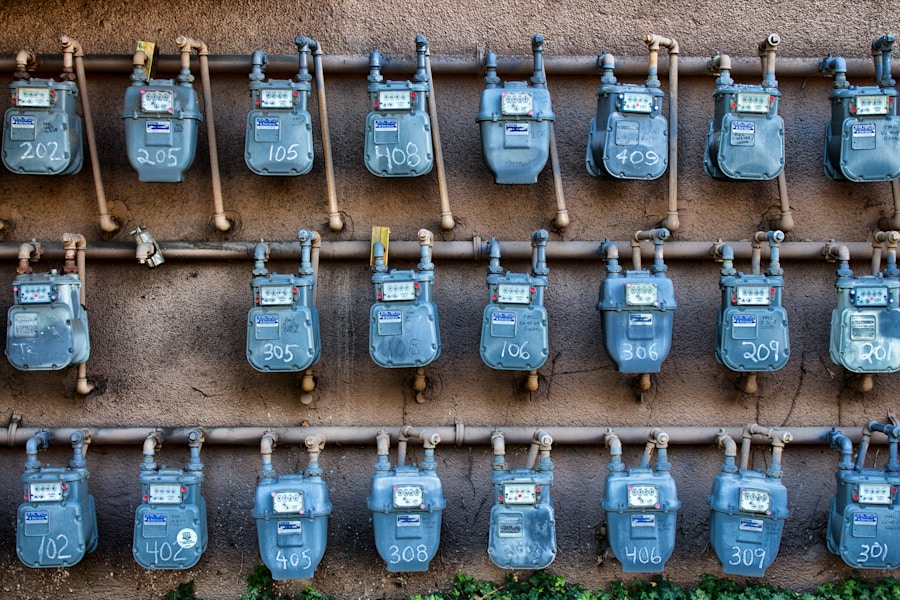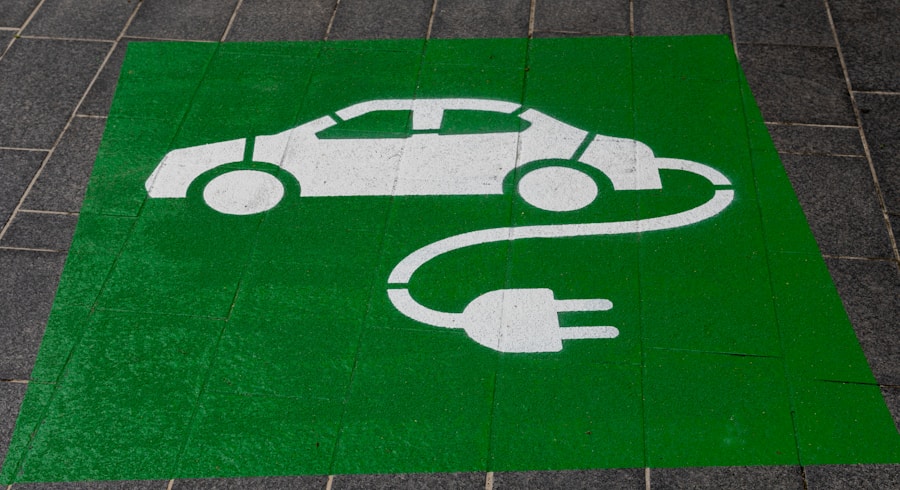Understanding your energy usage is the first step towards making your home more energy-efficient. It’s important to know how much energy you are using and where it is being used. This can be done by monitoring your energy bills and keeping track of your energy usage over time. You can also use energy monitoring devices to track your energy usage in real-time. By understanding your energy usage, you can identify areas where you can make changes to reduce your energy consumption.
Another important aspect of understanding your energy usage is knowing the different sources of energy in your home. This includes electricity, gas, and water. By understanding how much energy each of these sources is consuming, you can make informed decisions about how to reduce your overall energy usage. For example, if you find that a large portion of your energy usage comes from heating and cooling, you can focus on implementing energy-saving practices in this area.
Identifying Energy-Wasting Habits
Identifying energy-wasting habits is crucial for making your home more energy-efficient. There are many common habits that can lead to unnecessary energy consumption, such as leaving lights on when they are not needed, using appliances inefficiently, and not properly maintaining heating and cooling systems. By identifying these habits, you can take steps to change them and reduce your energy usage.
One way to identify energy-wasting habits is to conduct an energy audit of your home. This involves going through each room and identifying areas where energy is being wasted. For example, you may find that you have old, inefficient appliances that are using more energy than necessary. By identifying these habits, you can take steps to change them and reduce your overall energy consumption. Another way to identify energy-wasting habits is to keep track of your daily routines and activities. By being mindful of how you use energy throughout the day, you can identify areas where you can make changes to reduce your energy usage.
Implementing Energy-Saving Practices
Once you have identified your energy-wasting habits, it’s time to start implementing energy-saving practices in your home. There are many simple changes you can make to reduce your energy consumption, such as turning off lights when they are not needed, using appliances more efficiently, and properly maintaining heating and cooling systems. By implementing these practices, you can significantly reduce your overall energy usage.
One of the most effective energy-saving practices is to use energy-efficient lighting. By replacing old, inefficient light bulbs with LED bulbs, you can reduce your lighting energy consumption by up to 80%. Another important practice is to properly maintain heating and cooling systems. This includes regularly changing air filters, sealing ducts, and scheduling regular maintenance checks. By properly maintaining these systems, you can ensure that they are running efficiently and using less energy.
Investing in Energy-Efficient Appliances
Investing in energy-efficient appliances is a great way to reduce your overall energy consumption. Many older appliances are not as efficient as newer models, so replacing them with energy-efficient ones can lead to significant energy savings. When shopping for new appliances, look for the Energy Star label, which indicates that the appliance meets certain energy efficiency standards. By investing in these appliances, you can reduce your energy usage and save money on your energy bills.
In addition to investing in energy-efficient appliances, it’s also important to use them efficiently. This includes using appliances at off-peak times, such as running the dishwasher or doing laundry in the evening when energy demand is lower. It’s also important to properly maintain appliances to ensure they are running efficiently. This includes regularly cleaning and maintaining appliances to ensure they are using as little energy as possible.
Maximising Insulation and Draft-proofing
Maximising insulation and draft-proofing is essential for making your home more energy-efficient. Proper insulation helps keep your home warm in the winter and cool in the summer, reducing the need for heating and cooling. Draft-proofing helps prevent cold air from entering your home in the winter and warm air from entering in the summer, reducing the need for heating and cooling as well.
One way to maximise insulation is to ensure that your home is properly insulated in all areas, including walls, floors, and ceilings. This can be done by adding insulation where it is lacking and replacing old insulation with newer, more efficient materials. Draft-proofing can be done by sealing any gaps or cracks around windows and doors, as well as adding weather stripping to prevent air leaks. By maximising insulation and draft-proofing, you can significantly reduce your heating and cooling energy consumption.
Exploring Renewable Energy Options
Exploring renewable energy options is another way to make your home more energy-efficient. Renewable energy sources, such as solar panels and wind turbines, can help reduce your reliance on traditional sources of energy, such as electricity and gas. By investing in renewable energy options, you can generate your own clean energy and reduce your overall energy consumption.
One popular renewable energy option is solar panels, which can be installed on the roof of your home to generate electricity from the sun. This electricity can be used to power your home, reducing your reliance on traditional sources of electricity. Another renewable energy option is wind turbines, which can be installed on your property to generate electricity from the wind. By exploring these renewable energy options, you can reduce your carbon footprint and make your home more sustainable.
Monitoring and Managing Your Energy Consumption
Once you have implemented energy-saving practices and invested in energy-efficient appliances, it’s important to continue monitoring and managing your energy consumption. This can be done by regularly checking your energy bills and keeping track of your energy usage over time. You can also use smart meters and energy monitoring devices to track your energy usage in real-time.
By monitoring and managing your energy consumption, you can identify any areas where you may still be wasting energy and take steps to address them. This may involve making further changes to your daily routines and activities, or investing in additional energy-saving measures. By staying vigilant about your energy consumption, you can continue to reduce your overall energy usage and save money on your energy bills.
In conclusion, making your home more energy-efficient involves understanding your energy usage, identifying energy-wasting habits, implementing energy-saving practices, investing in energy-efficient appliances, maximising insulation and draft-proofing, exploring renewable energy options, and monitoring and managing your energy consumption. By taking these steps, you can significantly reduce your overall energy consumption and make your home more sustainable for the future.





0 Comments